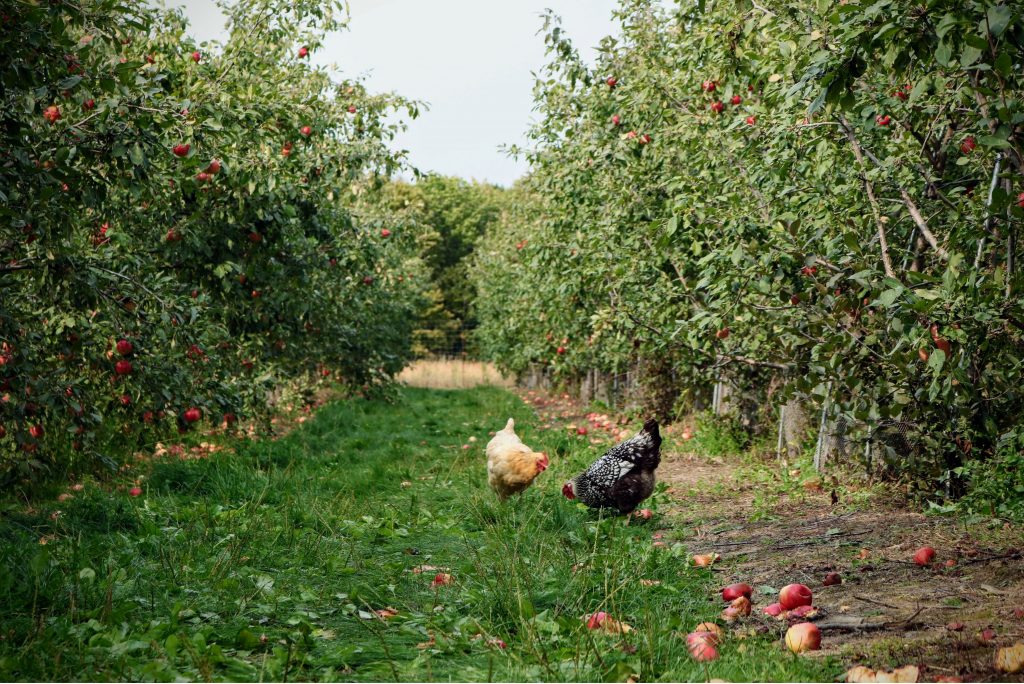Unfortunately, the quality of the majority of our food is tainted with pesticides and other unnatural toxins. Organic certified is better, but what most people are not aware of is that certification is limited in what it certifies and does not necessarily attest to the health of the soil the food is grown in.
Besides organic, there are also many other buzz words going around surrounding food. Without understanding the limitations or exact definitions of these marketing buzz words, it can make it more difficult to make informed buying choices.
The biggest questions are what do they mean? Do any of these matter? Are they any better? Or are they just marketing gimmicks?
Some Buzz Words to Capture Your Attention
Buzz Words Specifically for Animal Products Are Just As Rife
- Free Range
- Pasture Raised
- Grain Fed
- Grass Fed
- Pasture Finished
- Nitrate Free
- No Steroids or Hormone Growth Promotant
- RSPCA Approved
This post sets out to define these commonly seen buzz words used to capture your attention so that you can decide whether or not they are worth paying attention to or not.
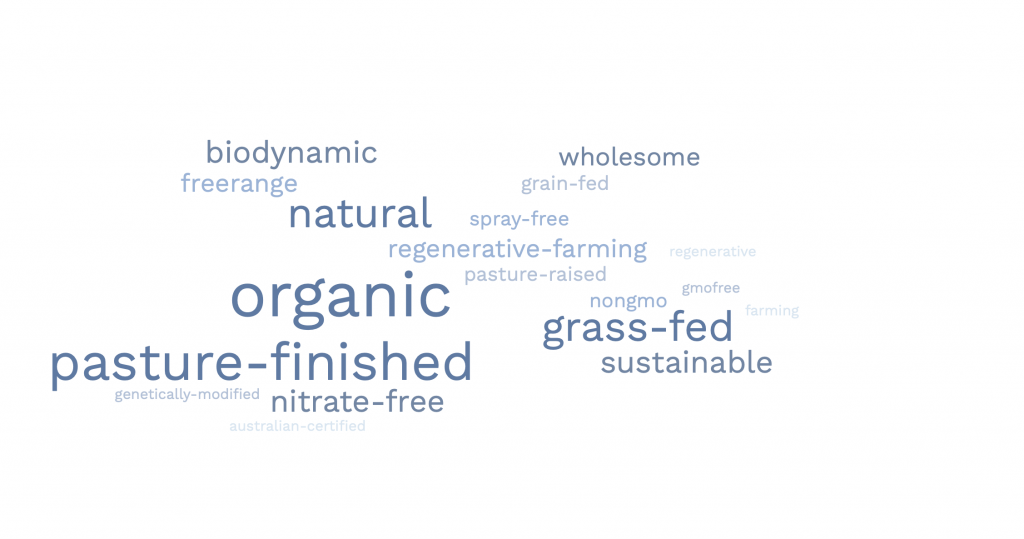
Buzz Words to Capture Your Attention
Organic
In Australia, the term ‘organic’ is not regulated as it is in the United States, Japan and China. And the term ‘organic’ can be used on a product anywhere, anytime, without any legal consequences.1
However the term ‘Certified Organic’ can only be used on a product that is certified by an independent third party certifier.
Organic standards used in Australia are generally owned and managed by private organisations.
Domestically marketed organic products are commonly certified by one of Australia’s six private certifiers who base their certification standards on the National Standard for Organic and Biodynamic Produce Edition 3.7 September 2016 (the export standard which is also referred to as the National Standard) used by the department for export certification
Certified organic produce is farmed without artificial pesticides, synthetic herbicides, hormones, growth promotants or genetic modification.
Some people will advertise that organic produce is more nutrient dense however this is not necessarily the case and a controversial issue.Research into the factors influencing the nutrient content of fruit and vegetables is limited and ongoing, however “relationships certainly exist between soil nutrient density, soil rhizosphere organisms, soil microbial activity, and plant nutrient density”.2
In other words, there is evidence linking relationships, such as the health of the soil food is grown in and the way it is cultivated, and the nutrient quality of fruits and vegetables.3 4
This is where regenerative farming and biodynamic comes into play. You see organic certification only pertains to what has been added to the crops, it does not take into account the health or quality of the soil from which the crop is grown in. If you see the certified organic label on other products, that product contains at least 95% organic content.
Regenerative Farming or Regenerative Agriculture
Regenerative agriculture supersedes organic. It is a holistic approach to farming that draws on scientific research.
Regenerative agriculture values the health of the soil from which crops are grown in therefore its practices aim to increase biodiversity, enrich soils, improve water and enhance the ecosystem as a whole.5
Regenerative agriculture is the gold standard for which we should be farming and treating our land.
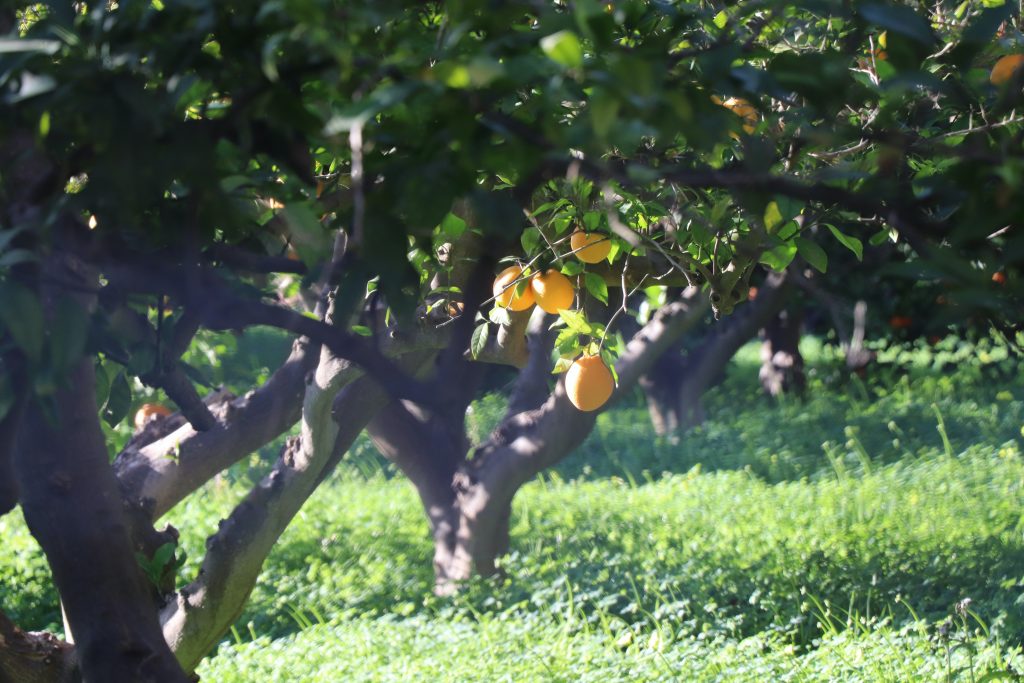
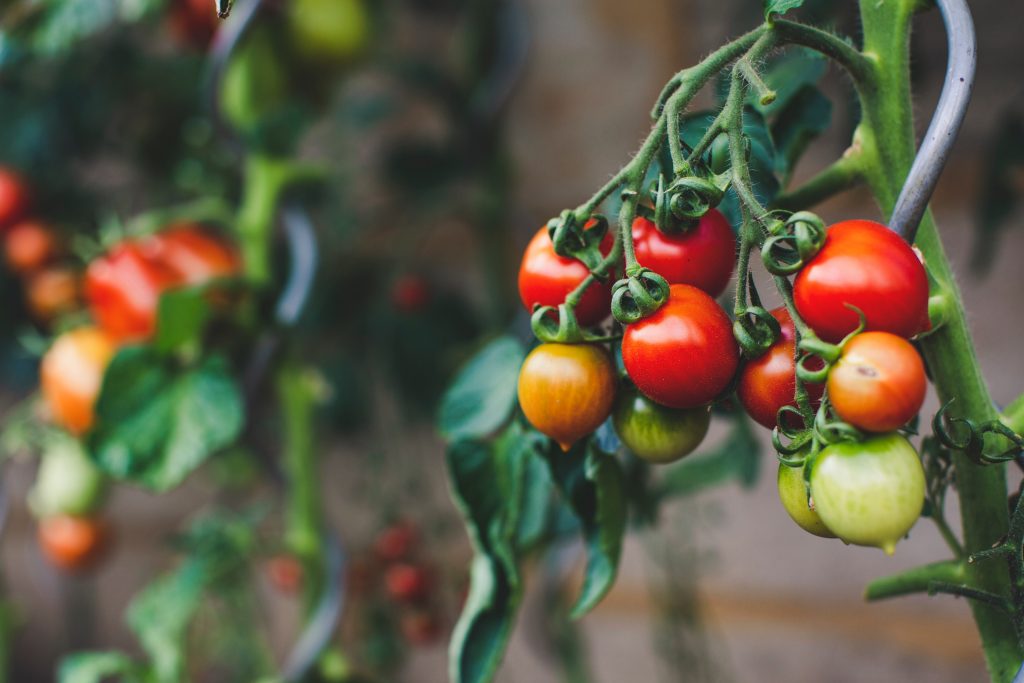
Biodynamic
Biodynamics also surpasses organic. It is a holistic, ecological, and ethical approach to farming, gardening, food, and nutrition.6 Biodynamic certification for farms and products is managed worldwide by Demeter International, in the United States by Demeter USA, and in Canada by Demeter Canada.7
Biodynamic certification is more stringent and involved than organic and farms/food must meet strict requirements.
Like food claiming to be organic, biodynamic produce and animal products is farmed without artificial pesticides, synthetic herbicides, hormones, growth promotants or genetic modification.
Non GMO
GMOs stands for Genetically Modified Organisms. GMOs are plants, animals, microorganisms or other ingredients that have been manipulated by scientists to assist in their production, preparation or use as a food. GMOs are laboratory created via genetic engineering.
Whilst GMOs are controversial, many scientists and environmental groups are concerned about GMOs. The big biotech companies that own them will disagree of course but considering the biotech companies Monsanto, DuPont, Syngenta and Dow – own 80% of the GM corn and 70% of the GM soybean market, I suspect their motivations are also factoring in profits.
GM food labelling laws have many loopholes, to find out what food sources in Australia are contaminated with GMOs or read more about some of the issues regarding GMOs click here.
Spray Free
Spray free is an unregulated term and there is no legal definition or standard as such.
This term has been handy for farmers wanting to convey that they use organic farming practices but have saved on the costs becoming accredited. Some farmers prefer being able to provide their customers with cost effective organic than having to undertake the costly process of certification which ultimately increases end product prices.
Win-win hey? Well no, not exactly. Not every ‘spray free’ labelled product has come from a farmer in the above situation.
Farmers may use this term to indicate they haven’t sprayed their produce with pesticides however they may not have necessarily undertaken any other organic farming practices.
For example, the farmer may have used GM seeds or plants, the seeds may have been dipped in pesticides or the soil may have been primed with artificial fertiliser.
Knowing your farmer and/or greengrocer is the only way to be sure, ask them:
- Do they use GM seeds?
- How is it grown?
- What do they mean by spray-free?
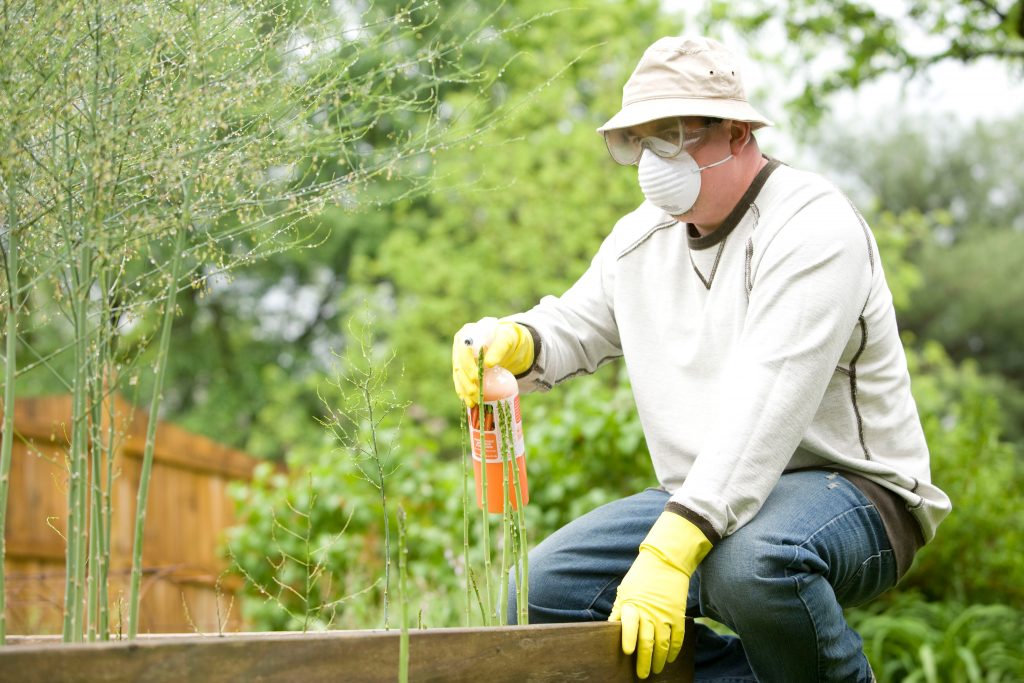
Buzz Words for Animal Products Are Just As Rife
In 2007, Tysons Foods Inc, one of the largest global meat companies, were labelling there chicken as “all natural” when actually their chicken was being treated with antibiotics, being fed GMO corn and inject the chicken with saltwater for a “plumping effect”. Sadly animal products are not exempt from clever marketing buzz words to gain consumer dollars.8
Free Range
To receive organic certification, organic livestock must be free to roam outdoors, whereby the outdoors meets explicit parameters specific to that species of animal (which includes amount of space, minimum numbers of hours per day, quality of outdoor area, etc). Hence any organic eggs or organic chicken is technically free range also.
However, the definition of free-range for livestock varies depending on who you ask.
Generally free range eggs are laid by birds that have access to outdoor areas at some point of the day and free range poultry, pork, lamb and beef comes from hens, turkeys, pigs, lamb and cattle that have access to outdoors at some point of the day but not necessarily.
In 2017, the Australian government introduced a free-range egg standard to try and bring about consistency however “the standard allows producers to pack 10,000 hens into a hectare (which is a minimum of one metre squared per bird) with no mandate for hens to actually spend time outdoors. It is also voluntary.”9
No consumer’s definition or expectation of free range that I have ever heard of. Consumers generally envision happy animals that get to spend much of their time outdoors with the freedom to roam.
All we can surmise from the government’s standard is that their definition of free range is ambiguous in that it doesn’t specifically indicate:
- How long the animal has access to outdoors for
- How much room the animal has to roam around
- The quality of the outdoor space and if it is free from pesticides
- The quality of the indoor spaces
- How crowded the animal’s indoor space is
Knowing your farmer and/or greengrocer is the only way to be sure, research or ask them:
- How long the animals have access to outdoors for
- How much space each animal has outdoors
- How much space each animal has indoors
Free range is merely an indication the animal is not caged and may have (but not necessarily have) had access to outdoors at some point in the day.
Free range does not indicate the quality of the animal feed (whether they are fed GMO grains, pasture or a combination), if their environment is free of toxic chemicals such as pesticides, or even if they are given steroids, hormones, growth promotants or antibiotics.
BUD organic club has put together an easy to understand post about the specific free range parameters organic livestock in Australia must meet if you are interested in finding out more.
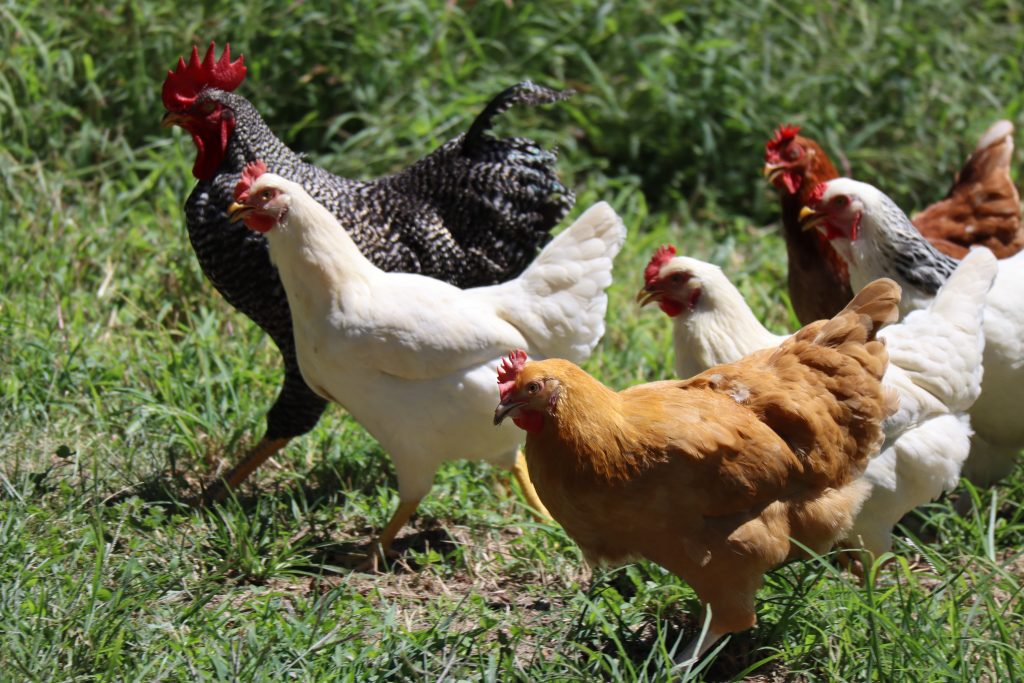
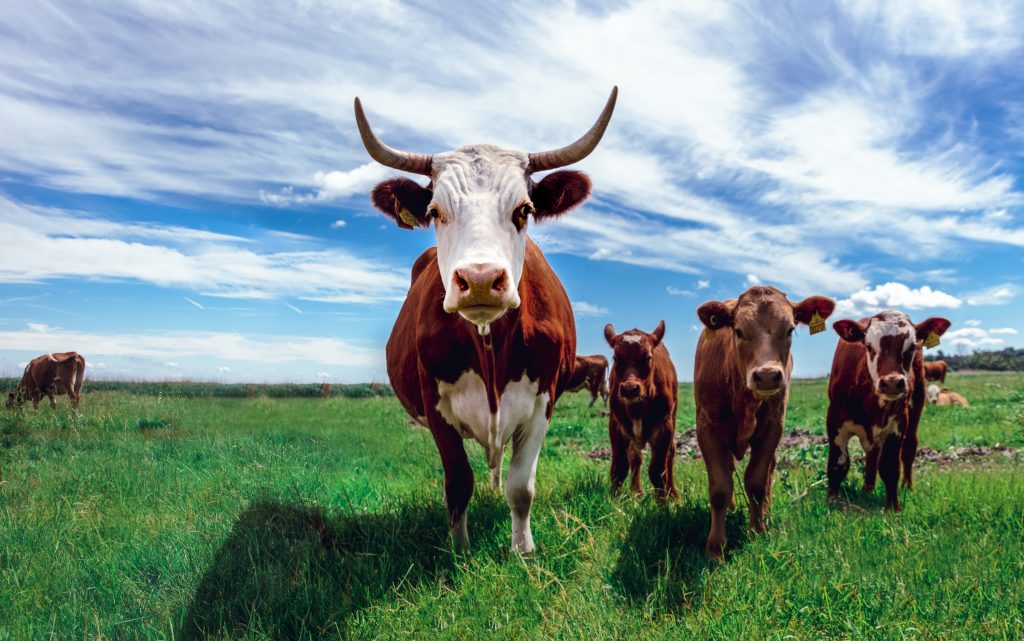
Pasture Raised
Free range is such a broad term and outside of strict organic certification the term is ambiguous (as explained above). This has given rise to the term ‘pasture raised’ which refers to animals which have been raised outside for the majority of their lives.
Even though pasture raised animals have access to fresh pasture, it doesn’t necessarily mean that the animal feeds only from that pasture. The animals feed may be supplemented with grain.
Grain Fed
Grain fed is seen as preferable to some consumers. Grain fed means that the animal predominately ate grains.
In my opinion grain fed is something to steer away from as the grain fed to animals is generally genetically modified such as GM corn and GM soy.
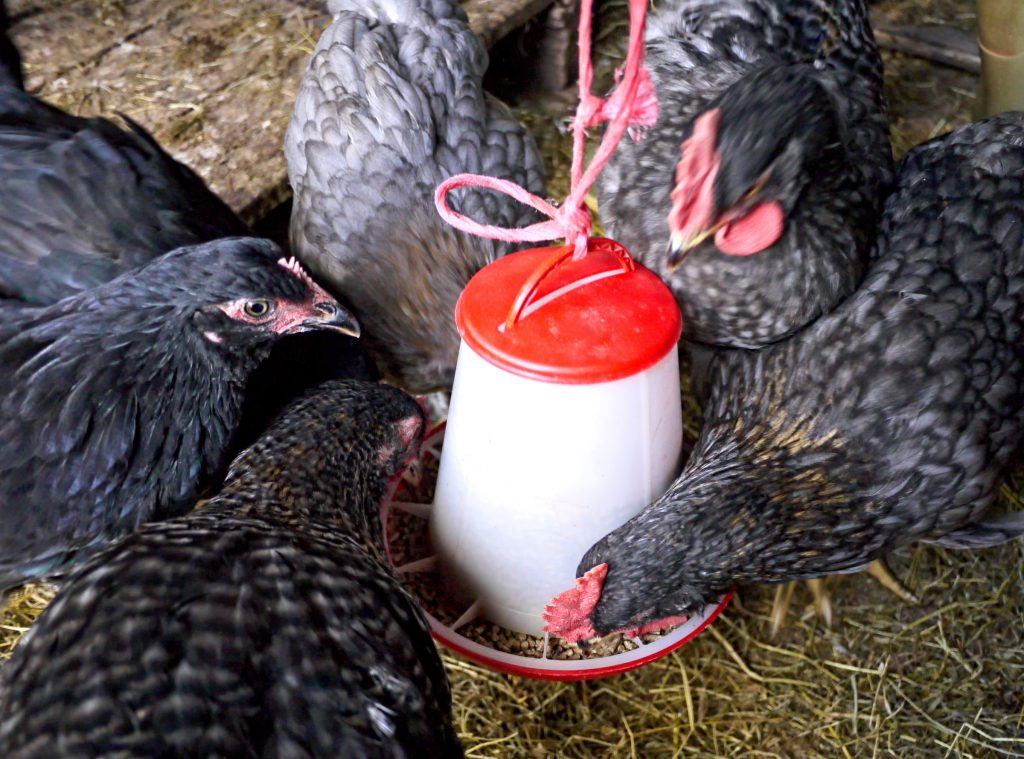
Grass Fed
Grass fed refers to the feed animals are able to graze on. Therefore, grass fed cattle mostly graze on grass not grain.
Grass fed is superior to grain fed as grain is often GM grains and may be higher in essential vitamins and antioxidants.
To confuse the matter further some meat may be labelled ‘grass fed and grain finished’.
Pasture Finished
Pasture finished meat came into vogue about 15 years ago as a result of consumers becoming more aware of environmental sustainability and humane animal treatments.
Beef that is pasture-finished is said to contain higher levels of linoleic acid (CLA), L-arginine and omega-3 fatty acids than grain-finished cattle however I cannot verify this.
Besides that, pasture finished is meant to have taste benefits.
Nitrate Free
This is not a straight forward one to explain as there is some background that is useful, such as:
- the difference between nitrates and nitrates,
- the difference is between naturally forming nitrites found in fruits and vegetables and why they are actually beneficial, not harmful and different to those found in processed meat.
However there has been research correlating nitrates found in processed meat with an increased risk of cancers such as pancreatic cancer. Hence why some producers of processed meats such as ham, salami etc have sort alternatives.
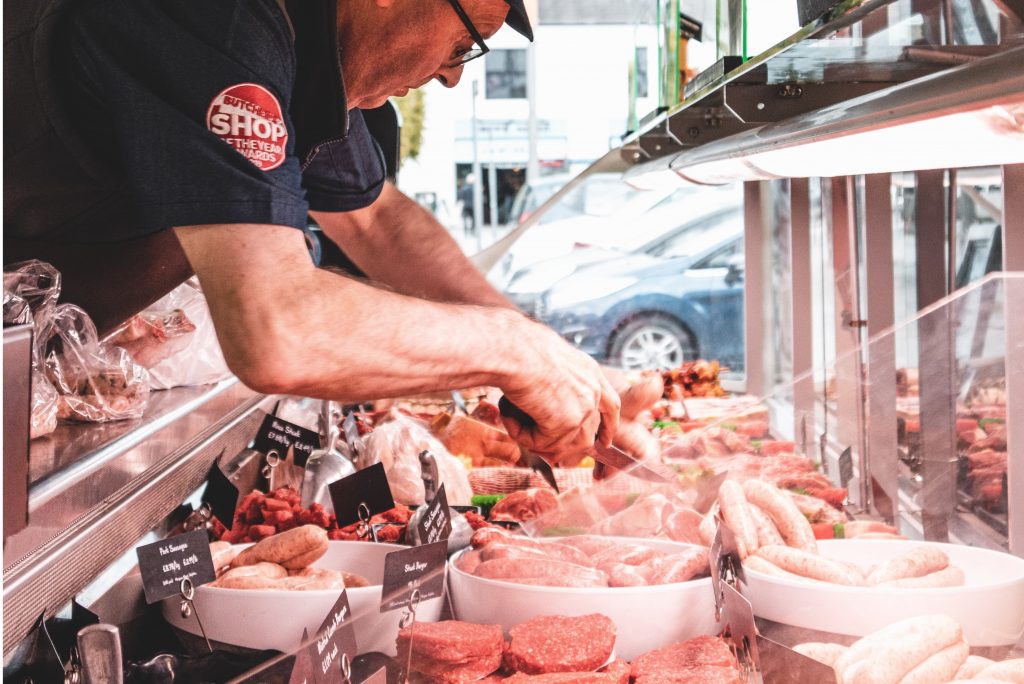
No Steroids or Hormone Growth Promotants
This one pertains to animals. Whilst beef is generally raised without steroids or hormones, meat may be labelled in this way to let consumers know. Straight forward right? Well no because they may still be given growth promotants.
Tricky in the wording isn’t it?
RSPCA Approved
RSPCA Approved poultry or pork means that the animals have been farmed to RSPCA standards.
To be RSPCA approved, the chickens need to be farmed in such a way that meets indoor and outdoor standards. They need access to outdoors for a minimum 8hours per day, room to forage and explore and the freedom to express natural behaviours like perching, dust bathing and scratching. The RSPCA Approved standard can be applied to both barn-laid and free-range egg producers. Specifically, for eggs “farms using this certification must have an indoor density of 9 birds/m2 indoors on slats, or 7 birds/m2 indoors in a deep-litter system. The standards dictate a maximum outdoor density of 1500 per ha without rotation, or 2500 birds per ha with rotation, and beak trimming is allowed.”10
Specifically for chicken meat, farms using this certification must have “an indoor stocking density of about 17 birds per m2, and outdoor densities of up to 17 birds per m2. No beak trimming is allowed under this system.”10
There are quite a few buzz words to capture your attention when you shop, if there are any words you think I have missed, please email me at info@buildingbiologymama.com,au and I will add them to the post.
The more we know the better able we are able to make informed choices when we make purchases at the cash register (which in turn brings about grassroots change).
Join me for my next post where we go one step further and explore how to eat ‘organic’ on a budget.
XxTammy
References
1. NASAA Organic, 2020. Organic certification explained (online) available: https://nasaaorganic.org.au/organic-certification/organic-certification-explained/ (date accessed January 2021)
2. Reeve, J.R., Hoagland, L.A., Villalba, J.J., Carr, P.M., Atucha, A., Cambardella, C., Davis, D.R. and Delate, K., 2016. Chapter Six-Organic Farming, Soil Health, and Food Quality: Considering Possible Links. Advances in Agronomy, 137, pp.319-367.
3. Baldantoni, D., Bellino, A. and Alfani, A., 2016. Soil compost amendment enhances tomato (Solanum lycopersicum L.) quality. Journal of the Science of Food and Agriculture.
4. De Pascale, S., Maggio, A., Orsini, F. and Barbieri, G., 2016. Cultivar, soil type, nitrogen source and irrigation regime as quality determinants of organically grown tomatoes. Scientia Horticulturae, 199, pp.88-94.
5. Terra Genesis International, n.d. Regenerative agriculture (online) available: http://www.regenerativeagriculturedefinition.com (date accessed January 2021)
6. Biodynamic Association, n.d. Overview of biodynamic research (online) available: https://www.biodynamics.com/content/overview-biodynamic-research-0 (date accessed January 2021)
7.Demeter Association, 2017. Biodynamic farm standard (online) available: https://demeter-usa.org/downloads/Demeter-Farm-Standard.pdf (date accessed January 2021)
8. Wall, A., 2015. Green washing in the meat industry (online) available: https://enviromentalstudent.wordpress.com/2015/09/28/greenwashing/ (date accessed January 2021)
9. Choice magazine, 2020. Are your eggs really free-range? Pirovic, Pace, Coles, Aldi & more (online) available: https://www.choice.com.au/food-and-drink/meat-fish-and-eggs/eggs/articles/what-free-range-eggs-meet-the-model-code (date accessed January 2021)
10. Wikipedia, 2020. Free range (online) available: https://en.wikipedia.org/wiki/Free_range (date accessed January 2021)
